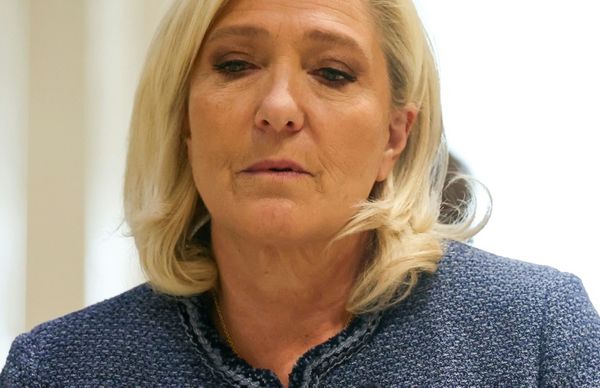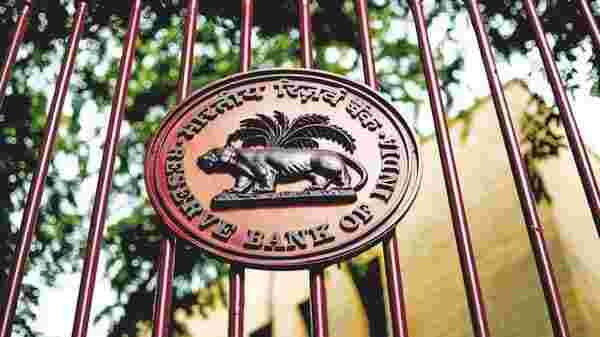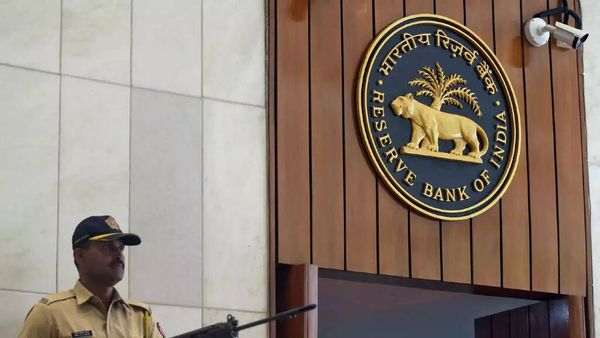
The Union budget has made a big difference for the set of considerations before the Reserve Bank of India’s (RBI) Monetary Policy Committee. When the committee begins its meeting on 7 February, it will find that the fiscal deficit for next year, at ₹16.16 trillion, is rather high, and for a third successive year. Fiscal deficit was not an issue on the previous five occasions the MPC took a call on the policy, deciding each time that growth so far is not yet durable. That’s how it could ignore rising inflation, its primary mandate under the monetary policy framework rolled out by the Modi government.
But things could be different this time. The Economic Survey and budget are gung-ho on growth. The former projects 8-8.5% GDP growth in FY23 on top of 9.2% for FY22, pointing unambiguously to optimism. Therefore, the MPC will be forced to revisit its position and decide if the growth reflecting in the GDP estimates and projections is durable or not. This becomes the starting point.
Inflation so far, while rising, had not been a major consideration for the MPC. But at five-plus per cent, the MPC can no longer brush it aside as being “transitory". Not with the geo-political scene and the global oil situation as fragile as they are, and crude prices likely to trend higher in the coming fiscal year.
The other question that’ll need to be looked afresh in light of the budget’s fiscal deficit estimate is of liquidity. How will the RBI reconcile the surplus liquidity of around ₹6-7 trillion presently in the system with the government’s substantially increased borrowing requirement, budgeted at ₹14.95 trillion for FY23?
The puzzle can be put in this way: We have a situation where growth is on track and there are palpable fears of inflation rising. Therefore, monetary policy has to be normalized and the covid-related measures phased out, all of which should start with increasing the repo rate.
But a hike does not look likely in the upcoming MPC meeting. Instead, a good signal for the market will be to increase the reverse repo rate in the upcoming MPC meeting. (This will not increase the cost of funds.) There is a liquidity overhang in the system which RBI needs to address. So far, the RBI has converted this surplus to a 3.99% return facility through the VRRR (variable reverse repo rate) auctions. This had to be normalized and liquidity had to be drained out of the system. Otherwise, surplus liquidity will coexist with higher interest rates, an anomaly.
The massive increase in the government’s borrowing requirements projected in the budget has spooked markets already. Yields have increased alarmingly. Now, if GDP growth next year turns out to be higher and durable, as projected by the Economic Survey, then the demand for credit will also go up from current levels. Therefore, overall demand from the private sector as well as government will be humongous. The overall fiscal deficit will be 8.9% (6.4% for the centre + 3.5% for the states).
It can be argued that the surplus liquidity can be used for the government’s increased borrowing requirements. However, borrowing is always done in phases through the year. The surplus liquidity could get absorbed faster than the borrowing calendar plans for. In such a situation, an acute shortage of funds could develop, sending bond yields soaring. The 10-year bond hit a multi-year high of 6.95% on Friday intra-day. The market is clearly waiting with a high degree of anxiety for the RBI’s action on interest rates. Even more important than the action will be the message in the statement.
Economists usually say that fiscal policy should always talk to monetary policy; it’s the combination of the two that works through the economy, and the two are not independent. This conversation, most likely, has already taken place between the RBI and the budget’s makers before it was presented on 1 February. If so, that will make the outcome of the upcoming policy review easier. In the rare event that the dialogue has not already taken place, the MPC will have a task on hand. Then, the choice for it is going to be to defer the hard decision of raising the repo rate to April, when the new financial Year begins. But even so, the MPC will still need to send out on the 9 February itself unambiguous signals of when the normalization can be expected.










